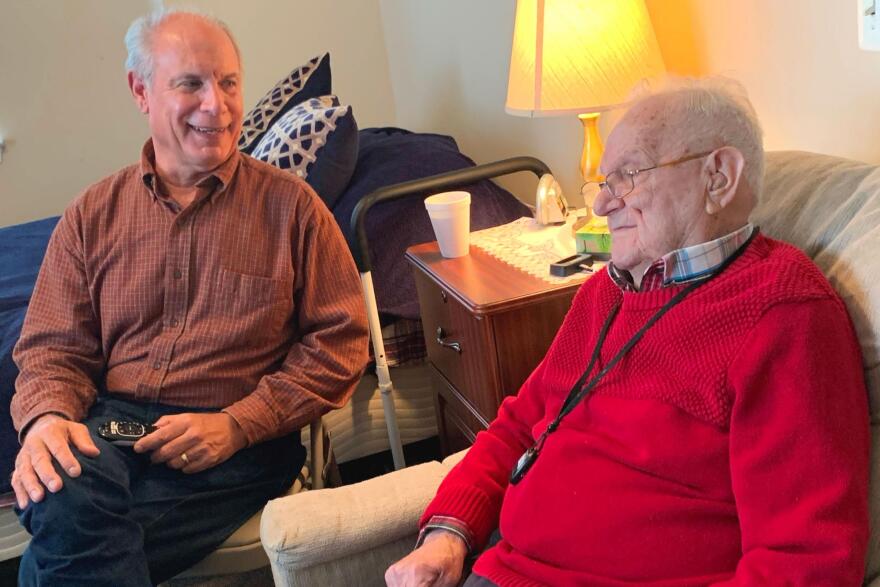Knowing how to pay for assisted living can be stressful and difficult for many families. Costs can add up quickly, and if your resident runs out of funds, it can be a hardship for them and your facility. You should know that if the resident is a war-time veteran, spouse of a war-time veteran, or a surviving spouse of a war-time veteran, they may qualify for Aid & Attendance, also known as the Veterans Pension Benefit.
Aid & Attendance can conveniently assist with paying for qualified applicants’ care at an assisted living facility. But apart from other ways to fund assisted living, this VA benefit differs from, say, using Medicare or Medicaid. That said, it’s important that you educate yourself on Aid & Attendance if you feel it’s something your residents may apply for.
The Aid & Attendance Advantage
Utilizing your Aid & Attendance means getting access to tax-free monetary benefits up to $2,170 a month for married veterans or $1,176 a month for surviving spouses of veterans to aid with assisted living expenses.
As one could imagine, having access to this type of cash for assisted living care is valuable. According to Where You Live Matters, assisted living can cost anywhere from $1,000 to $5,000 a month. It’s not cheap, and many seniors do not have the funds available to pay for their own care.
Apart from Aid & Attendance and paying out of pocket, their main options for receiving assisted living care would be to use insurance or social security, turn to Medicaid, or receive financial support from a state non-Medicaid program. Each has their pros and cons depending on the type of care necessary.
Medicare and Medicaid
Medicare
Unfortunately, Medicare will only provide coverage for short-term care when there is a medical need in the picture. In other words, Medicare will not cover long-term care, assisted living, or residential care. That said, if long- or short-term assisted living is necessary, Medicare won’t be a dependable route.
Medicaid
Perhaps one of the most common types of payment methods for assisted living is Medicaid. The great thing about Medicaid is that unlike Medicare, it can provide coverage for long-term assisted living. But utilizing Medicaid for assisted living isn’t without its cons.
When using Medicaid for assisted care, one has a chance of being moved to a double bedroom in a facility or even being kicked out of a facility if Medicaid payouts become capped. That’s an empty bed for you. But what if you can help your resident find ways to pay for care?
However, utilizing private pay via VA Aid & Attendance, one won’t have to worry about being moved to a different room or being evicted from the facility. Some individuals using Medicaid but still struggling with the financial aspects of assisted living may also receive Aid & Attendance if they qualify. However, most only use one program or the other. The program they choose will depend primarily on the type of care and services required.
Know If You Qualify for Aid & Attendance
There are certain criteria that will determine if one may be eligible for Aid & Attendance benefits, apart from being a veteran or being a spouse or widow of a veteran.
Eligibility is also dependent on:
- Length of service of the veteran
- Disability of the applicant
- Income and amount of assets held by the applicant
You can learn more about the specific qualifications necessary for Aid & Attendance from our quick guide, The Assisted Living’s Guide to the Veterans Aid & Attendance Benefit.
If you have any questions regarding the Aid & Attendance benefit or any other aspects of VA benefits, please reach out to our Idaho Estate Planning team.






